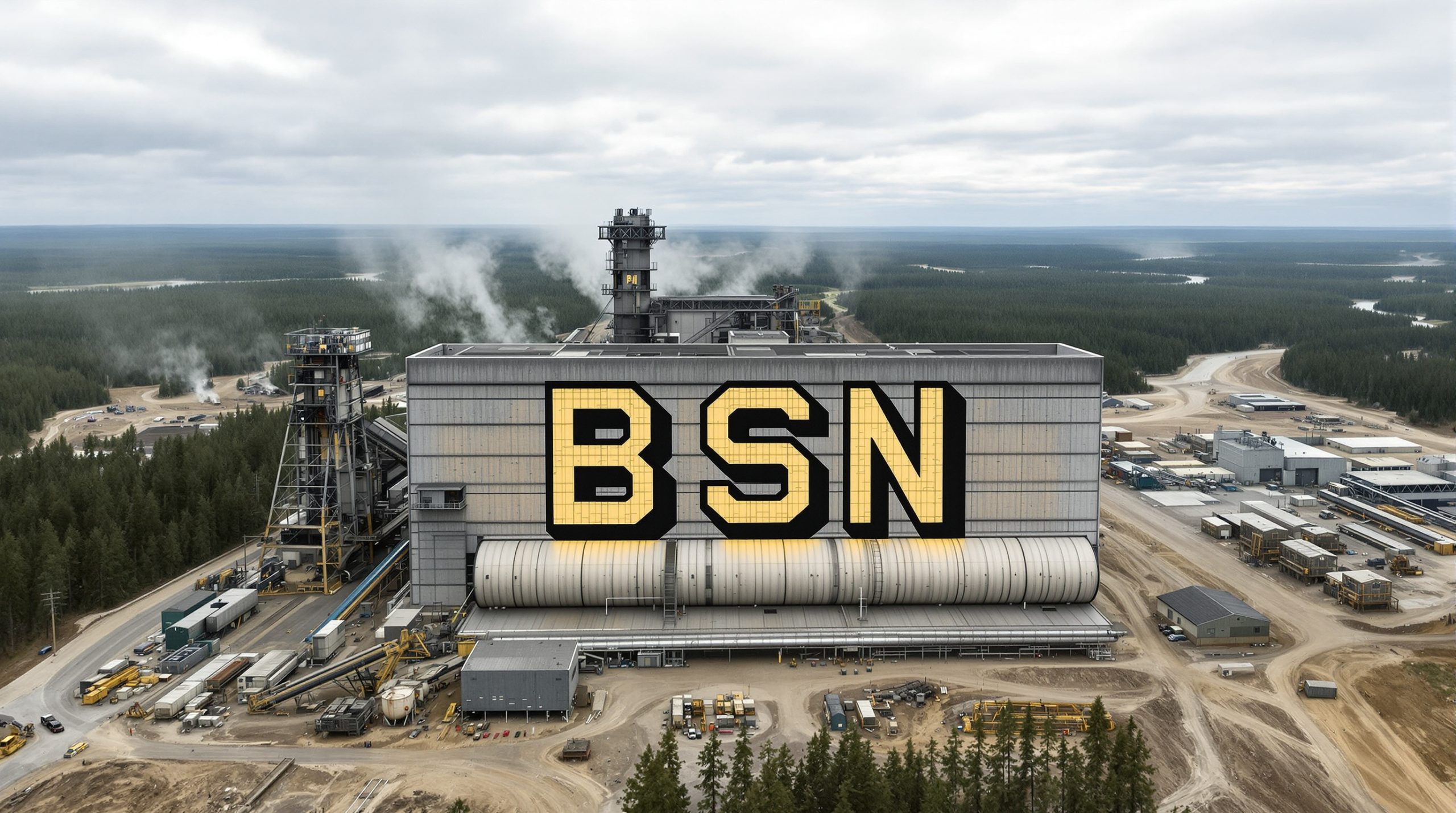Litchfield Minerals Limited (ASX: LMS) has delivered compelling new Induced Polarisation (IP) survey results that are reshaping the understanding of its Oonagalabi copper-zinc project in the Northern Territory. These Litchfield Minerals geophysical survey results reveal multiple high-priority drill targets across what appears to be a large-scale intrusive-related sulphide system that remains largely untested.
The IP survey has successfully extended the Oonagalabi Main Zone chargeability anomaly by 450m to the northeast and identified two parallel chargeability anomalies each over 500m long at the VT2 prospect. Furthermore, this breakthrough data links the main mineralised zone through to VT2, confirming management's geological model of a continuous, extensive mineralised corridor.
Key Survey Highlights Define Multiple Target Zones
The first phase IP program covered eight lines across the VT2 and Northeast Oonagalabi trend, each approximately 1.5km long with 75m dipole spacing. The survey was designed to penetrate deeper into the Oonagalabi system and refine structural and mineralisation models.
Critical findings include:
• Chargeability anomaly extension: Main zone extended 450m northeast beyond previous boundaries
• Parallel target zones: Two coherent 500m+ long chargeability anomalies identified at VT2
• Depth continuity: Low-resistivity zones persist at depth, suggesting vertically extensive sulphide packages
• System connectivity: IP data confirms geological interpretation linking main zone to VT2 prospect
• Preserved mineralisation: Complete system preservation with no surface erosion evidence
The survey has been particularly effective at identifying zones of potential mineralisation not apparent in existing magnetic, VTEM, and DHEM datasets. In addition, the strong correlation between resistivity lows and modelled VTEM plates provides multiple vectors for future drilling campaigns.
Understanding Induced Polarisation: A Key Exploration Tool
What is Induced Polarisation (IP)?
Induced Polarisation is a geophysical technique that measures the electrical properties of rocks and minerals below the surface. When an electrical current is applied to the ground and then switched off, certain minerals (particularly sulphides like those containing copper and zinc) retain an electrical charge for a brief period.
Why it matters for investors
IP surveys are particularly effective at detecting sulphide mineralisation, which often hosts valuable base metals. The chargeability measurements indicate the presence of disseminated to massive sulphide zones, whilst resistivity data helps map the geometry and extent of these mineralised systems.
For Litchfield, the Litchfield Minerals geophysical survey results are providing direct targeting information for high-value drilling locations.
Key terms:
- Chargeability: Measures how well rocks hold electrical charge (higher values suggest sulphide presence)
- Resistivity: Measures electrical resistance (lower values often indicate conductive sulphide minerals)
- VTEM/DHEM: Electromagnetic surveys that detect conductive bodies at depth
VT2 Emerges as Premier Target with Massive Sulphide Potential
The IP survey results at VT2 align with expectations for a sulphide-rich system, with the survey delineating large, coherent zones of low resistivity characteristic of semi-massive to massive sulphide accumulations. However, these low-resistivity domains persist to depth, suggesting a laterally and vertically extensive sulphide-bearing package.
VT2 Key Metrics:
| Parameter | Result | Significance |
|---|---|---|
| Chargeability Zones | 2 x 500m+ parallel anomalies | Multiple drill targets identified |
| Chargeability Values | Up to 15mV/V | Moderate to strong sulphide signature |
| Depth Extent | Continues at depth | Vertically extensive system |
| Surface Expression | Completely blind | Preserved mineralisation potential |
The semi-massive to massive sulphides intersected in drill hole OGRC0111 at the edge of the modelled VTEM plate are interpreted as a potential higher-grade feeder structure to the broader mineralised Oonagalabi Formation. Consequently, this discovery validates the geological model and suggests significant upside potential for grade and tonnage.
Broader System Points to Large-Scale Discovery Potential
Managing Director commentary reveals the transformational nature of these results. The emerging interpretation suggests the Oonagalabi system may form part of a significantly larger, intrusive-related sulphide system where disseminated mineralisation represents the distal outflow zone above the main intrusive drivers at depth.
System-scale indicators:
• 3D magnetic inversion shows key magnetic bodies extending to nearly 1km below surface
• Corkscrew-shaped interpreted intrusion rising from structural corridor between geological formations
• Multiple geophysical datasets (IP, VTEM, DHEM, magnetics) all indicating same mineralisation corridor
• Continuous chargeability and resistivity data linking main zone through to VT2
Management Insight:
"What is particularly compelling is that VT2 is completely blind at surface and yet the IP, VTEM, DHEM and drilling are now all pointing to the same corridor of mineralisation, open along strike and at depth… we now have a growing pipeline of high-priority drill targets within a system that appears to be both preserved and large-scale."
Strategic Next Steps Accelerate Path to Discovery
Litchfield's systematic, data-driven exploration approach is designed to compress the time between concept and decision whilst building conviction with each program phase. For instance, the company has outlined clear next steps to advance the project.
Immediate Priorities (Q4 2025/Q1 2026):
| Activity | Timeline | Objective |
|---|---|---|
| Ground EM acquisition | Late November 2025 | Refine conductor models |
| Complete remaining IP lines | Next field window | Full system coverage |
| Data integration & modelling | Following EM completion | Precise target definition |
| Targeted drilling programme | Post-integration | Test priority targets |
The rapid progression from geophysics to drilling reflects management confidence in the emerging targets. Therefore, the integration of multiple datasets will enable precise collar positioning for maximum drilling efficiency and discovery probability.
Investment Thesis: Multiple Pathways to Material Discovery
The Litchfield Minerals geophysical survey results fundamentally strengthen Litchfield's investment proposition by providing multiple high-probability drill targets within a large-scale, preserved mineralised system. The company is advancing a project with characteristics typically associated with significant base metal discoveries.
Key investment drivers:
• Scale potential: System extends over multiple kilometres with depth continuity to +900m
• Multiple targets: Growing pipeline of drill-ready prospects across the Oonagalabi corridor
• Data-driven approach: Systematic geophysics reducing exploration risk and improving success probability
• Geological analogy: Similar characteristics to significant NT base metal deposits (Jervois-style)
• Financial capacity: Well-funded exploration programmes with clear near-term catalysts
The preservation of the mineralised system is particularly significant, as many historical prospects in the region have been degraded by erosion. However, Litchfield's systematic approach is uncovering a potentially major system that has remained largely hidden and untested.
Why Investors Should Track Litchfield Minerals
Litchfield Minerals is emerging as a compelling base metals exploration story with the technical and financial capability to test a potentially major discovery. Furthermore, the systematic de-risking approach, combined with multiple high-priority targets across a large-scale system, positions the company for potential transformation through successful drilling.
Compelling tracking reasons:
• Near-term catalysts: Ground EM and drilling programmes provide multiple news flow opportunities
• Technical validation: Multiple independent geophysical datasets converging on same targets
• Management execution: Proven ability to advance projects systematically and cost-effectively
• Market opportunity: Base metals exposure in tier-1 jurisdiction with strong commodity fundamentals
The recent Litchfield Minerals geophysical survey results demonstrate the company's methodical approach to exploration and highlight the exceptional potential of the Oonagalabi system. These results provide investors with confidence in the systematic de-risking strategy being employed.
Key Takeaway:
Litchfield Minerals has systematically built a compelling case for a large-scale base metals discovery at Oonagalabi. With multiple high-priority drill targets now defined across a preserved, vertically extensive mineralised system, the company offers investors leveraged exposure to potential material discovery in the coming months. The combination of systematic exploration, strong technical results, and clear near-term catalysts makes LMS a base metals exploration story worth following closely.
Could Litchfield's Systematic Approach Unlock Your Next Major Discovery?
With multiple high-priority drill targets now defined across a preserved, large-scale mineralised system at Oonagalabi, Litchfield Minerals is positioning itself for potential transformation through systematic exploration. The company's data-driven approach has successfully identified a growing pipeline of prospects within what appears to be a significant intrusive-related sulphide system. As ground EM surveys and targeted drilling programmes approach, investors seeking leveraged exposure to base metals discovery potential should consider the compelling case building at LMS. Discover how Litchfield's methodical de-risking strategy and exceptional technical results could deliver material value creation by visiting www.litchfieldminerals.com.au to explore the full investment opportunity.




